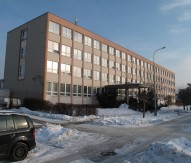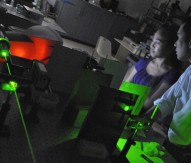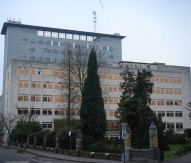
Industry plan to make Europe leader in electronics
Electronics industry CEOs have told Neelie Kroes that Europe can capture up to 60% of new electronics markets and double the economic value of semiconductor component production in Europe within the next 10 years.
The detailed plan from 11 electronics CEOs was requested by the European Commission Vice-President from an Electronics Leaders’ Group (ELG), set up in 2013. The group recommended that the EU focus on areas where Europe is strong – automotive, energy, industrial automation and security. The target is to double current production in the next 10 years.
According to the group, new high growth areas, in particular the Internet of Things and the development of ‘Smart-X’ markets (e.g. smart homes and smart grids) should also be a focus. The target is to capture 60% of this emerging market by 2020.
The ELG also suggested concentrating on regaining a strong presence in mobile and wireless communications. The target is for Europe to capture 20% of the projected growth of these markets.
Kroes said: “I want us in the driver’s seat. The sector wants to be back in the driver’s seat. So my message is this: we are going to make Europe the place to make and buy innovative micro and nano-electronics.”
On the demand side, the group proposed a major initiative, ‘Smart Everything Everywhere’, to establish centres of excellence and zones for large-scale testing of emerging technologies throughout Europe. On the supply side, the ELG said it sees a clear opportunity to increase capacity by 70,000 new wafers (the slices of semiconductor material on which the chips are manufactured) per month from 2016/2017 onwards – an average of 10% increased capacity per year. Europe can count on its strong material and equipment industry to maintain a competitive edge in production, including in the upcoming transition to a larger wafer size to drive down costs.
In Europe, the semiconductor ecosystem itself employs approximately 250,000 people directly, with 2.5 million employed in the full value chain. Micro and nano-electronic components and systems drive at least 10% of Europe’s GDP, and worldwide demand is increasing annually at 9% volume and 5-6% value.






